Describe the Range of Motion Between C1 and C2.
The Atlanto-axial joint C1-C2. Indications aspects techniques résultats cliniques et radiologiques à.

Figure 38 26 Different Types Of Joints Allow Different Types Of Movement Planar Hinge Pivot Condyloid Human Joints Joints Anatomy Anatomy And Physiology
C1C2 15 of flexion and extension 30 of axial rotation 4 or less of lateral bending.

. At the C1-C2 level the mean axial rotation was 375 60 associated with lateral flexion to the opposite side 25 60 and extension 40 60. This segment provides rotational motion supports the head and protects the spinal cord and nerve pathways. The atlas is one of the two upper cervical vertebrae also known as C1 which is the topmost vertebra of the spinal column.
It consists of the C1 and C2 vertebrae and the anatomical structures connecting them. The 1st 45 degrees of rotation in the cervicals occurs at what level. C1 serves as a ring or washer that the skull rests upon and articulates in a pivot joint with the dens or odontoid process of C2.
Limitations in range of motion may reflect stiffness from arthritis pain from trauma or muscle. Allowing a unique set of movements for the skull. Indications technique complications and outcomes in a prospective 26-case series.
Approximately 50 of flexion extension of the neck happens between the occiput and C1. Range of motion ROMof the cervical spine ROM between C2 and C7 was 379112. Table 92 Range of motion between different cervical joints.
Articulation between C1 and C2. C2C3 8 of flexion and extension 9 of. The neck is the most mobile portion of the spine remarkable for its seven fragile vertebrae supporting the 10- to 15-pound ball of the head.
Segmental ROM gradually increased from C2C3 to C5C6 and decreased from C5C6 to C6C7. Consequently they are the most important vertebrae for cervical range of motion. C1-C2 stabilization by harms arthrodesis.
The cervical vertebrae C1 is attached directly to the skull which allows for any nodding lateral motions. 50 of the rotation of the neck happens between C1 and C2. Greatest range of motion in any joint.
Conservative treatment usually involves immobilization for a long time in Halo vest whereas surgical intervention generally involves C1-C2 fusion eliminating the range of motion of the upper cervical spine. The top foremost of the vertebrae C1 allows for a greater range of motion than normal vertebrae. While the subaxial cervical spine has been extensively studied the motion characteristics of the occipito-atlantal C0-1 and atlanto-axial C1-2 cervical segments were less reported due to technical difficulties in accurate imaging of these two segments.
These two vertebrae are more responsible for the heads rotational range of motion than from any other joint. 3- Compare and contrast the organization of bones in the upper limb and the lower limb. Flexionextension is the primary movement of the O-C1 joint.
The C1 and C2 vertebrae function together to give your head flexibility. Complaint of pain and orthopedic findings plus neurological findings. The axis C2 is a completely different shape with a peg-like dens odontoid process which projects superiorly from the vertebral body.
These are found at the articulation between the C1 atlas and the dens of the C2 axis vertebrae which provides the side-to-side rotation of the head or at the proximal radioulnar joint between the head of the radius and the radial notch of the ulna which allows for rotation of the radius during forearm movements. Subsequently question is why are Atlas and Axis different from other. Approximately 50 of flexion extension of the neck happens between the occiput and C1.
Flexion and extension occur primarily between the skull and C1 the atlas rotation at C1-C2 the axis and lateral bending at C2-C7. When you turn backwards rapidly to open a door or when a dancer pivots on one foot these are the motions a pivot allows. Include the names of bones in the upper limb and the lower limb to identify similarities in shape joint classification and movement.
Describe movements along the anterior- posterior plane. C1 and C2 are anatomically unlike any other vertebrae in the spine. The cervical vertebrae C1 is attached directly to the skull which allows for any nodding lateral motions.
The geometry and orientation of the C0-C1 and C1-C2 articular processes appear to dictate the type and amount of motion available at the atlantoaxial joint. The range of motion for rotation at the atlantoaxial joint is 40 range 39-49. What is the range of motion for rotation between C1-C2.
Studies vary but the average range is 0-25 degrees of total movement with more extension than flexion Oatis 2004. In the joint between C1 and C2 this pivot. The primary movement here is rotation.
What Whiplash associated disorder does this describe. The C1 C2 spinal motion segment also called the atlantoaxial joint is located in the upper portion of the cervical spine. However the very first two vertebrae C1 and C2 have the most specialized jobs.
There is no intervertebral disc between C1 and C2 Typical Cervical Vertebrae. OC1 25 of flexion and extension 5 of axial rotation 7 of lateral bending. Simultaneously the atlas pivots around the dens which is held within its osteoligamentous ring.
16 However results have varied and this range has been noted to be 32 in cadavers 17 752 through radiographic techniques 18 and 43 using computed tomography scanning. 19 Nevertheless this rotational ability of the atlanto-axial joint is possible due to the stabilizing function of 3 primary. 3d Ct Scan Of Upper Cervical Spine C1 C2 Instability Can Easily Be Download Scientific Diagram The top foremost of the vertebrae C1 allows for a greater range of motion than.
The normal ranges of rotation of C1 on C2 are reported to be 50 to each side. The range of motion for rotation at the atlantoaxial joint is 40 range 39-49. The head and atlas C1 move together as one unit over the axis C2 resulting in turning of the head towards the left.
For right rotation the opposite occurs. C1 serves as a ring or washer that the skull rests upon and articulates in a pivot joint with the dens or odontoid process of C2. Intervertebral discs are found between two typical vertebral bodies.
Their unique anatomy allows for 50 ones flexion-extension motion at the occipital C1 joint and 50 of ones rotational motion at the C1-C2 joint. This joint forms a pivot motion. 50 of the rotation of.
With the atlas and axis relationship you are able to swivel and rotate your head as well as support your head. Stabilisation C1-C2 selon la technique de Harms. 2- Describe the range of motion between the skull and C1.
Most frequently dislocated joint - demonstrates how stability is sacrificed for mobility. It is the vertebra that is. The in vivo intervertebral range of motion ROM is an important predictor for spinal disorders.
The mean SD maximum magnitude of axial rotation between C0 and C1 was 25 10 coupled with lateral flexion to the opposite side 50 30 and extension 120 45. We propose a novel method for the treatment of unstable Jefferson fractures without restricting the range of motion.

Orientation Of Anterior Transarticular Screws Relative To C1 C2 A Download Scientific Diagram

C1 Spine Anatomy Bony Landmark How To Relief Vertebrae Atlas Joints Anatomy

The Movement Of C1 C2 Segment When The Head Rotated To The Right Side Download Scientific Diagram
Posterior C1 C2 Fusion For C1 C2 Dislocation

13 3 Required Basic Anatomical And Biomechanical Knowledge Basicmedical Key
Posterior C1 C2 Fusion For C1 C2 Dislocation

C1 C2 Fusion Complications Are Common Centeno Schultz Clinic

3d Ct Scan Of Upper Cervical Spine C1 C2 Instability Can Easily Be Download Scientific Diagram
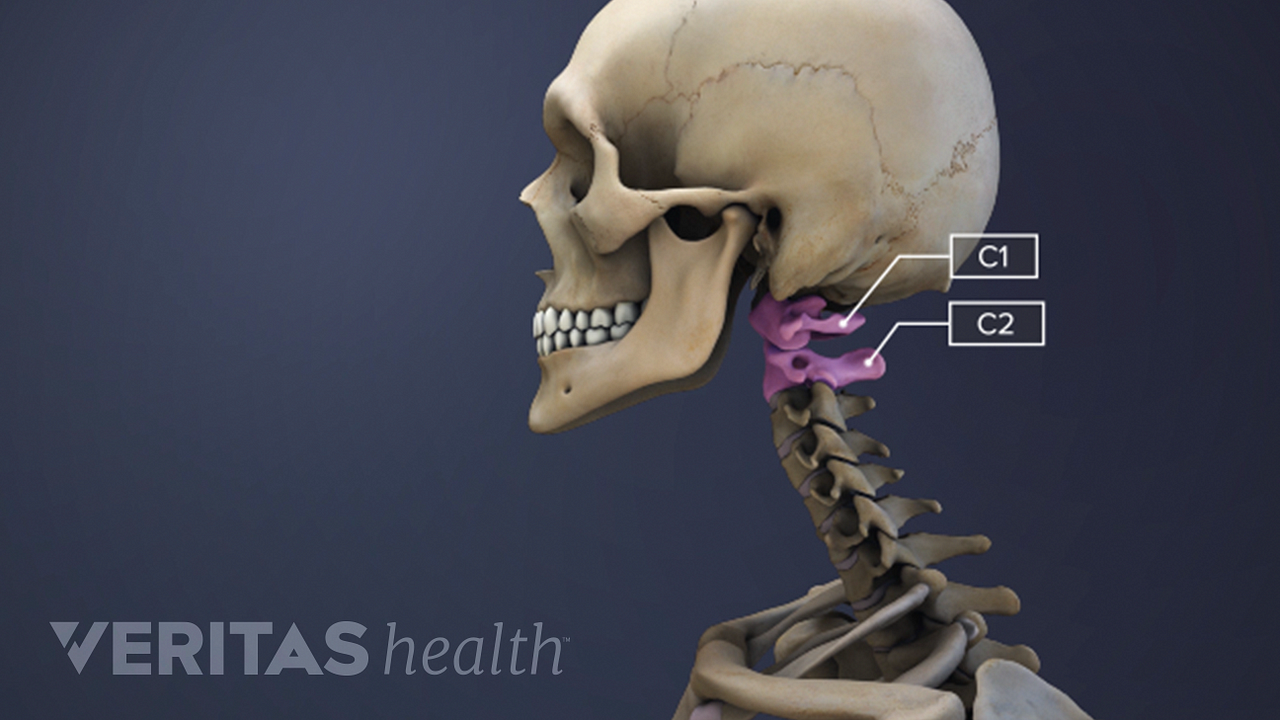
Spinal Motion Segment C1 C2 Atlantoaxial Joint Animation

Atlantoaxial Instability Cervical Spine Surgery X Ray
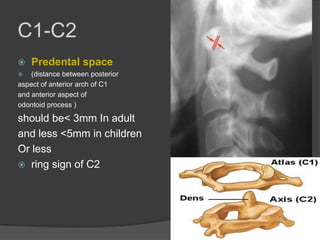
Cervical Spine Fractures Muhamma

Measurement Of C1 C2 Fusion Angle According To Toyama Et Al 32 The Download Scientific Diagram

Vertebrae Thoracic Vertebrae Spinal Surgery Spinal Column

T2 Weighted Mri Images With Increased Cord Signals At C1 C2 Levels And Download Scientific Diagram
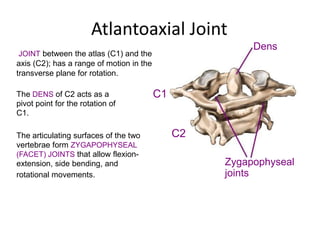

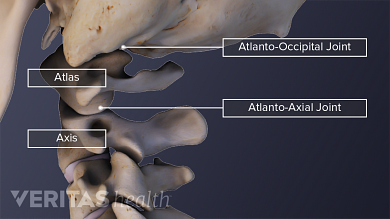
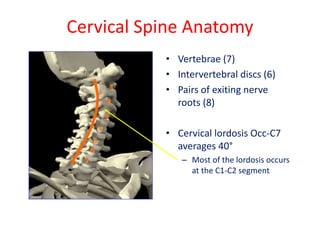
Comments
Post a Comment